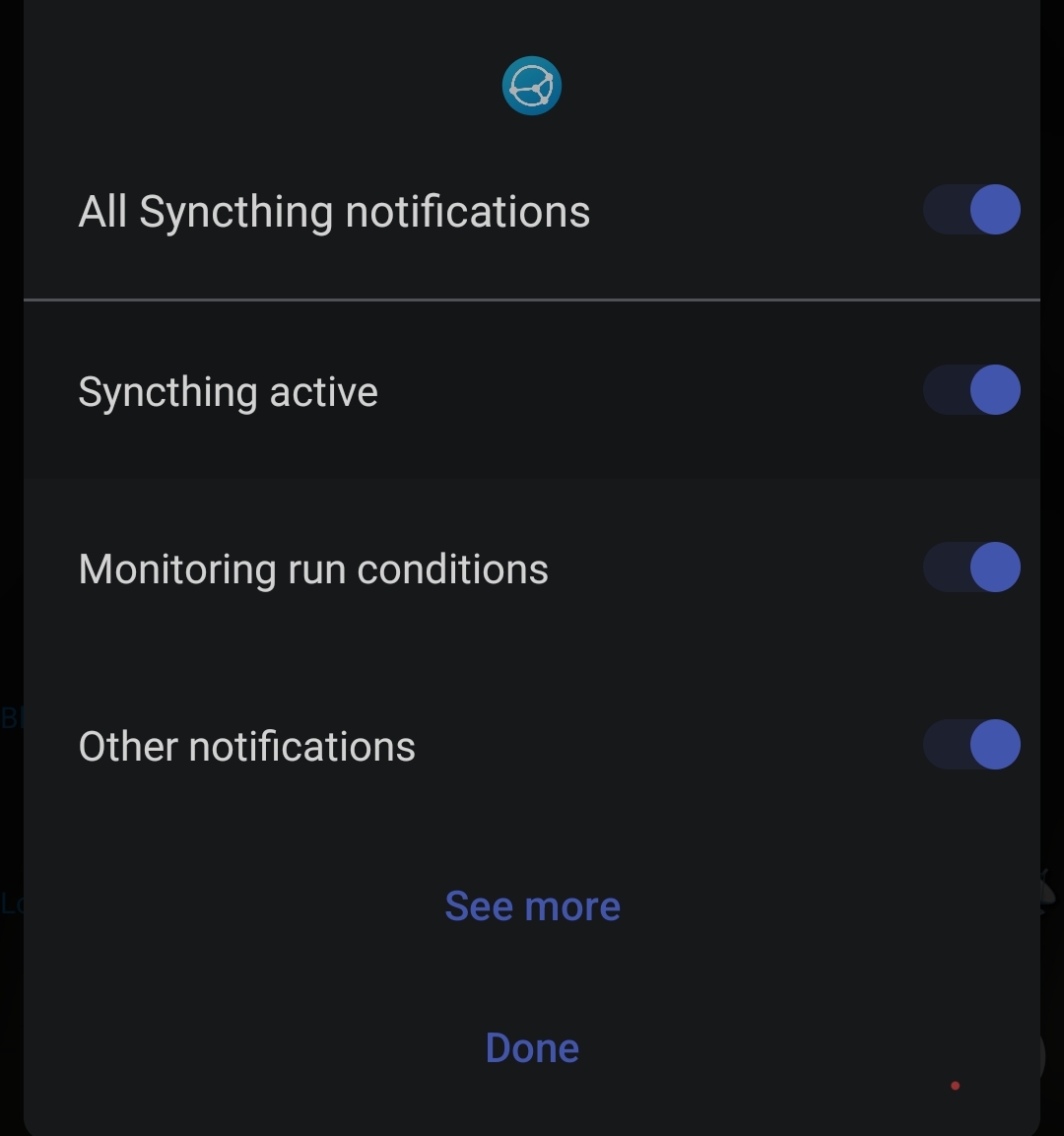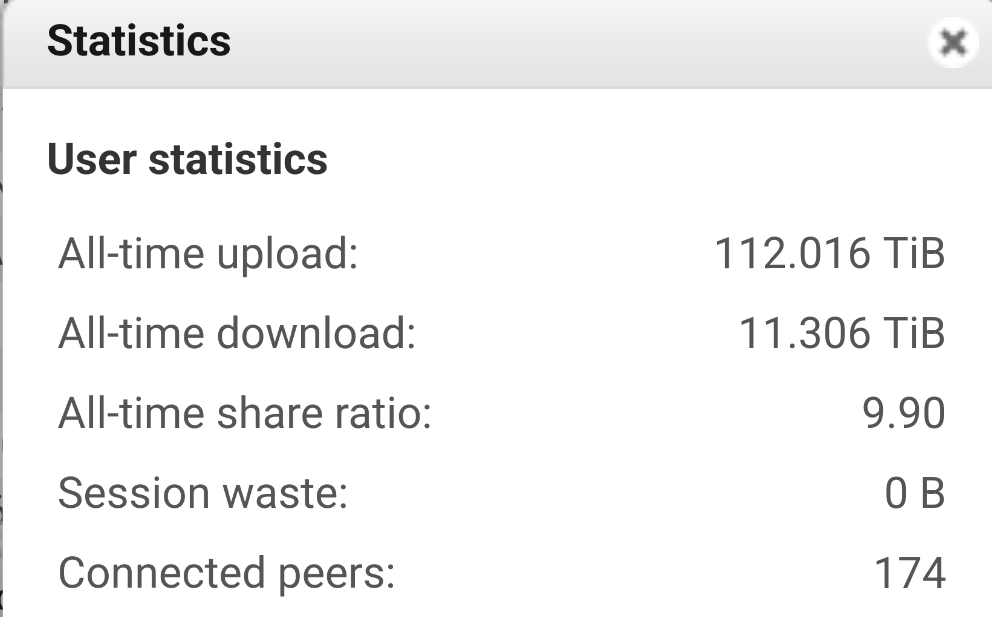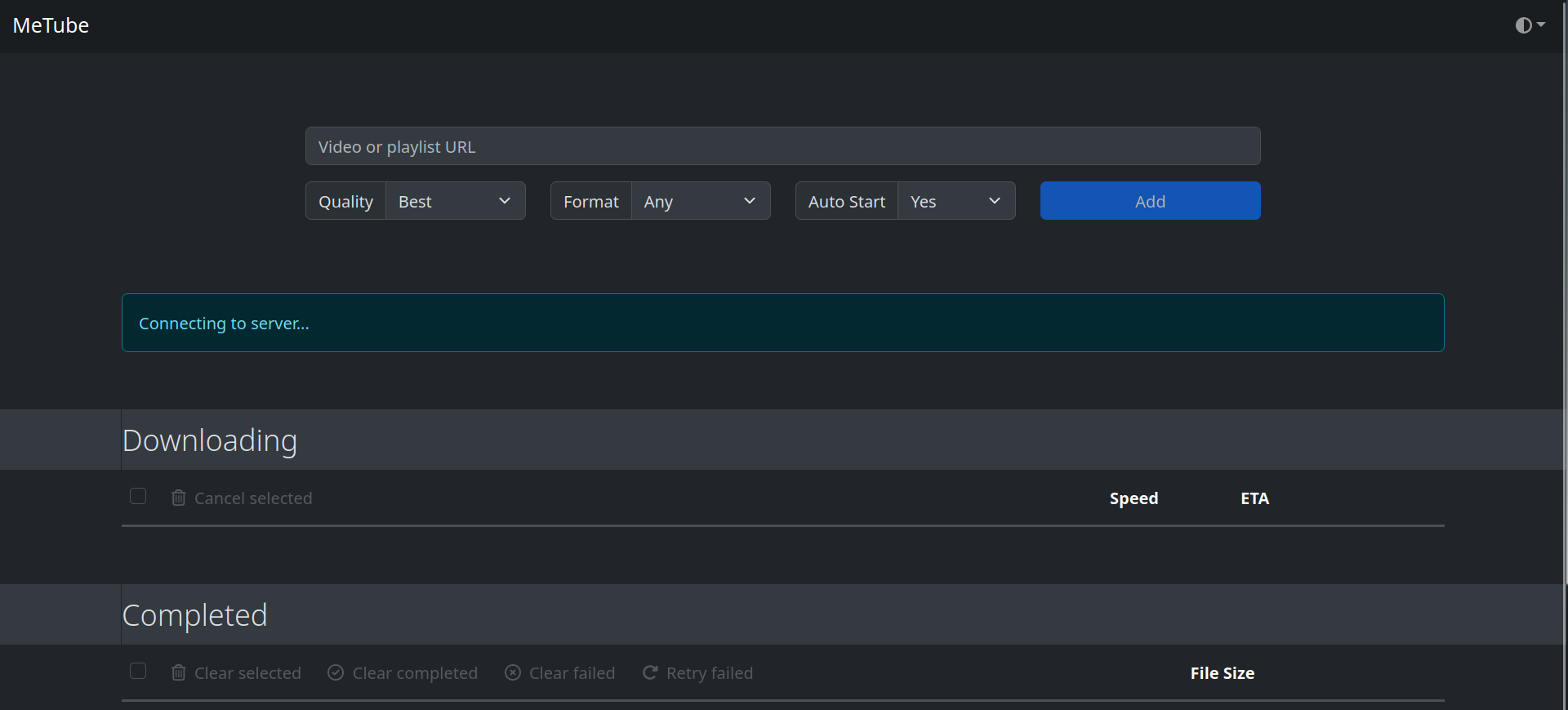- 6 Posts
- 106 Comments

I set up Authentik for some of my services and it works.
The setup really threw me off but I powered through learning it. It’s a strange UI and process.
Basically you set it up with Nginx or Caddy or whatever reverse proxy you use. Your reverse proxy points to Authentik and Authentik takes that link and checks for authorization first. If not authorized, prompt login. If authorized, pass on to the subdomain or whatever it is.
To do all this, you’d need a domain.
Love my Racknerd VPS.
Edit: Some deals here
I have a FLIRC remote with the receiver and use it for both my TV and HTPC.
It’s awesome once set up, but the app is honestly dogshit. They put in all these smooth menu transitions and whatnot, making it painfully difficult to configure the remote.
This is a great reference:
https://www.backblaze.com/blog/backblaze-drive-stats-for-2023/
Serverpartdeals is a good source for cheaper drives.

When you say database, do you mean the OS and the server install?
Yes, that’s what I meant. I switched my server install to a HDD because it was running on a 256 GB SSD which was running out of room.
I’m sure docker is easier if you know it… that’s like the point, afaik, but while basic use might be easy, it’s… never ever that easy for me, something always goes wrong, which is why I haven’t bothered yet. I know I should, I know it’ll make things easier (hypothetically), but it feels like a huge undertaking for someone with no skills. I’ve been looking for a super noob friendly instruction guide, and have not found one that I can work with, tbh, without a bunch of other know-how that I don’t have. (If you know of any I’d be eternally grateful!!!)
I can give you some tips for now and then I’ll give you some more in-depth instructions when I’m at my computer again.
For now:
Install Docker to your computer. I’m not sure how windows Docker handles it but I recommend using Docker compose. I’m not sure of the technical differences between Docker and Docker compose, but I found Docker compose to be much easier to use because it’s saved as a YAML file (text file). If you need to make changes, just edit the file.
Once you have that set up, get a Plex server running. You’ll probably have to change the ports in the Docker one to avoid conflict with your current one.
I recommend LinuxServer.io for a lot of things, including Plex. There’s some dissent over use of Linux Server’s apps due to permission and root things, but they are also super simple to use and you can start with the basics here.
https://docs.linuxserver.io/images/docker-plex/
Scroll down a bit to find the docker-compose section. To start a sample plex server, make the following changes:
Remove network_mode: host
In line with environment and volumes, add this:
ports - 324001:32400
This will route 32400 of the docker container to 32401 of the host network, allowing you to have both servers running at the same time without a port conflict.
Edit the volumes as needed. Always remember, it goes: host: container for everything. You can change it however you need. /config should preferably be on an SSD, as I said. The rest can be created as needed. For mine, I have both movies and TV shows stored under a folder called /media/. My plex docker script mounts /media/ and in plex I can search through the subdirectories to find the TV and Movies section.
Your second (temporary) plex server should be set up properly once you start the container
I’ll tell you how to data over to the Docker container later.

I would recommend using Docker first on the windows machine as a step in the transition. I did exactly this when I was transitioning to debian from windows. It made the official switch insanely easy because all I had to do was set up the Docker filesystem to what it already knew and it started up without any issues.
My lessons learned:
Keep the database on an SSD. I put mine on a HDD and it corrupted.

good stable distro
Debian
long-term stable choice
Debian
this specific machine is not meant for change. Ever.
Debian
Bonus round: anyone who’s ever transferred Plex servers from win to Linux (insert flavor), is it actually possible to keep my collections and playlists and stuff?
Yes, it’s relatively simple, especially with Docker. Back up the Plex folder from your windows machine. Once your new OS is set up, put the folder where you wanna store it and point Docker to that folder in the compose.yaml.
I love this app.
I highly recommend using Docker/Podman, even though you say you don’t want to. It is trivial to start up a new service using docker-compose once you get the basics down.
host:container when specifying ports or directories in the compose YAML (e.g. 58333:8080 will route the container’s port 8080 to the host machine’s port 58333.

Yes, it’s my IP. I know I’ll probably get shamed on here for that lol.
Dynamic DNS updater keeps the subdomain request.mywebsite.com pointed to my IP. Nginx resolves that subdomain to the Overseerr host:port with SSL cert and everything.
I’m eventually going to set up a VPS but I just… haven’t.

+1 for Overseerr/Jellyseerr
I have a website set up with dynamic DNS and Nginx to resolve request.mywebsite.com to Overseerr and it uses Plex to authenticate users who I’ve shared my library with. I’m not sure how Jellyseerr authenticates users though.
My friends and family that use my server regularly add stuff to my Plex server via Overseerr.
Aside from the technical explanation that others have given, here’s how I use Docker:
MeTube to rip videos and stuff easily. Just plug in a link and most times it’ll work. Here’s a list of all the supported sites.
I use Sonarr/Radarr and qBittorrent with gluetun to search for and download TV and movies that I watch on Plex.
I host my own Immich server that will automatically back up my photos from my phone just like Google Photos, except I own it all and it’s all kept private. It has its own machine learning and facial recognition, so I can search for “dog” and get all the pictures of my dogs, or I can search by person.
I use Docker for all this because the images come in little prepackaged containers. It’s super easy to get into once you figure out some of the basics.
Another great benefit of these containers is that you can transfer it to another system if needed. Just copy the config and data over to the new system and point the container in the right direction and it’ll pick up where it left off.

Torrents are stalling and it’s only seeding about 600 KB/s. The icon at the bottom shows a little flame and the hover text says “firewalled”.
Restarting qBit through the Dockge web terminal turns that flame icon into a globe and it starts finding hundreds of DHT networks. Uploads nearly max out my upload bandwidth.

Soundpad has a free demo. Just download it and start tinkering. You’ll be restricted to 10 plays (I think) per launch.
https://www.leppsoft.com/soundpad/en/
I bought it directly from the website and I love it.
- @jws_shadotak@sh.itjust.works to
 English
English - •
- 1Y
- •
- @jws_shadotak@sh.itjust.works to
 English
English - •
- 1Y
- •
- @jws_shadotak@sh.itjust.works to
 English
English - •
- 1Y
- •



Not for longevity. Oracle can shut it off in a blink for no reason